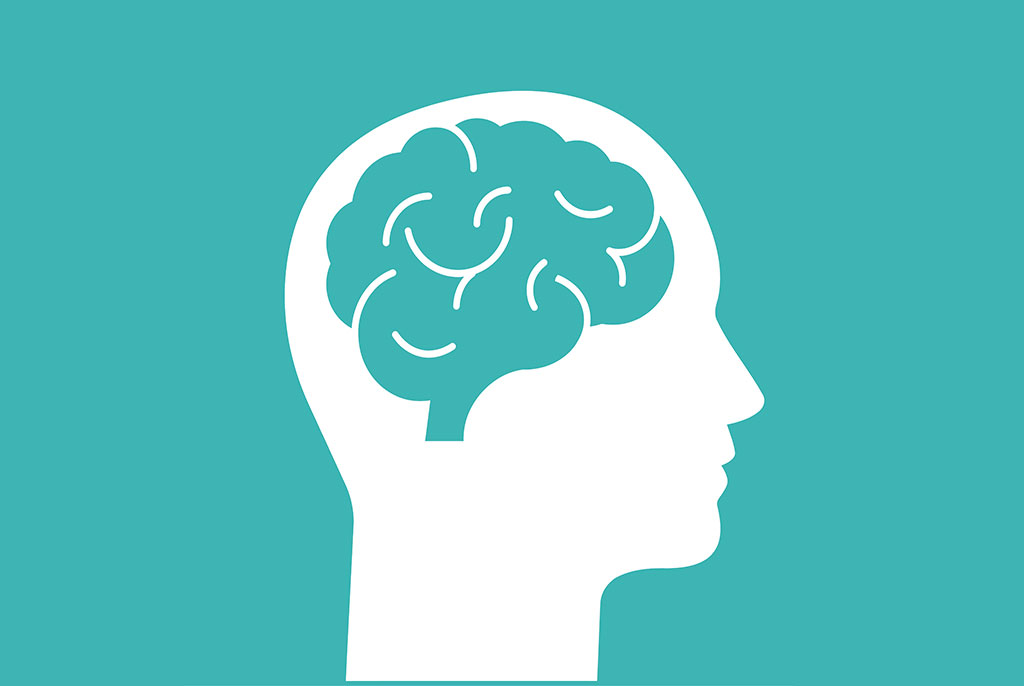What is implicit bias in hiring?

In this three-part series on implicit bias in hiring, we focus on understanding this issue at its core level and its impact on building a diverse workforce. We then look at ways we can short-circuit these challenges right now by making changes in how we hire and, later, how to eliminate these biases in the long run through concentrated effort.
Part II: 4 tips to reduce bias and hire a more diverse workforce
Part III: How to overcome implicit bias in your hiring process
Ask an executive what was a factor in making a hire and, many times, they’ll say it was based on a first impression. Other times, they’ll say they had a “gut feeling” about a candidate or “got along well” with them. Regularly, they’ll mention how they thought the candidate was “a good fit for the company,” according to research.
Often, however, those decisions don’t pan out. Research shows nearly one-third of new hires leave their job within the first six months, with more than 60% of that group leaving within 90 days of their hiring. So why do managers continue to hire based on their instincts?
“When we’re looking at what we want to achieve, which is a diverse workforce and multiple perspectives, consciously we say, OK, yes, this is the best way to have a team,’” says Rebecca Heiss, a Greenville, South Carolina-based Vistage speaker and neuroscientist. “But what ends up happening in the hiring process is all these implicit biases pop up in ways that we’re not even recognizing.”
What is implicit bias?
Heiss describes implicit bias as a collection of social cognition biases, attitudes and stereotypes that affect our behavior unconsciously. In other words, she says, it creeps into our thinking and decision-making without us realizing. While they may not be intentional, these preferences become problematic when it comes to hiring.
“When we see someone who acts like us, looks like us, and laughs at the same jokes as us, we immediately like them more,” says Heiss. “We attribute that liking them more is going to make them a better candidate for the job regardless of their background or what their merit is for the position.”
But recognizing these behaviors, let alone combating them, has proven difficult, Heiss says, mainly because they’re hard-wired into the human brain as a defense mechanism. Since the evolution of homo sapiens nearly 200,000 years ago, humans have associated similar beings as favorable and trustworthy while those outside of the group were considered potentially dangerous, Heiss says.
In fact, when we meet someone different, our “200,000-year-old” brains immediately go on the defensive, releasing cortisol, the body’s main stress hormone, which shuts down the frontal lobe, the section of the brain that controls conscious decision-making.
“Our brain doesn’t go to a conscious space of ‘Oh my gosh, they’re the other, they’re scary, they’re dangerous,’” says Heiss, “but subconsciously, that’s what’s happening.”
Implicit bias examples
Heiss offered this “exercise” as a way to show implicit bias in action: “Picture a felon. What’s the first image that comes to your mind? For many, it’s a person of color — not Martha Stewart.” If you try it with a CEO, Heiss says, many imagine Jeff Bezos rather than Ursula Burns.
So why do we instinctively prioritize one group over another? Heiss says humans create shortcuts to sort through information quickly, a necessity in the 200 years since the Industrial Revolution. Thanks to modern-day technology, information comes at us faster than our brains can process, Heiss says, making those shortcuts a necessity. The problem is those shortcuts skew across those instinctive, reactionary, fear-based lines.
“These instincts have kept us alive for 200,000 years, but today they’re preventing us from fully living and having the conscious response to people different from us that we would like to have.”
Heiss says executives have to stop associating for fit, likability and commonality with success when it comes to hiring. By choosing the candidate they’re most comfortable with, executives keep their talent pools homogenous and stagnant, Heiss says, or what she refers to as “the norm.”
“Our norm, the normal experience, the entire structure of most companies is built around the white, male, heterosexual, Christian perspective,” she says. “There’s nothing wrong with that perspective, but that doesn’t mean that someone is coming in with a new perspective.”
Implicit bias research
And research shows that diverse perspectives are more productive and generate high revenue for their companies, Heiss says, who adds that it may be time for executives to stop looking at fit in terms of who they like and start looking at who best aligns with a company’s values and goals.
“If we’re only looking for others who fit our norms, then that doesn’t push us to seek new markets, new opportunities, hear different perspectives and ideas,” she says. “The real benefit of hiring from diverse populations is that we’re all bringing a different fit.”
Next: 4 tips to reduce bias and hire a more diverse workforce
Category: Talent Management

